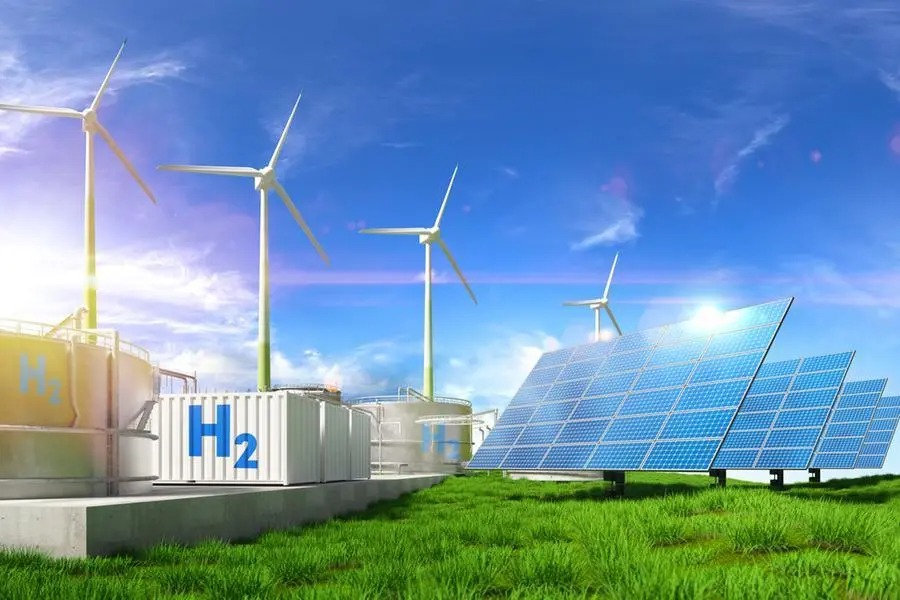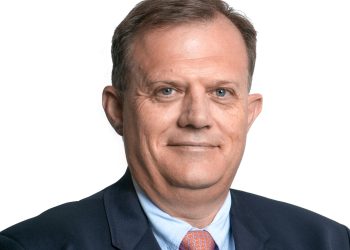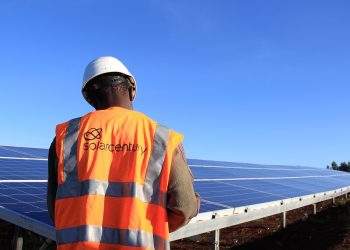
Zhero Molecules Walvis Bay (Pty) Ltd has received an Environmental Clearance Certificate (ECC) from the Ministry of Environment, Forestry and Tourism (MEFT) for its 3 GW solar project near Walvis Bay, which will supply renewable electricity for green hydrogen and green ammonia production in the Erongo Region.
According to MEFT, the project will manufacture green ammonia through electrolysis, using electricity generated entirely from renewable energy to ensure carbon-free and sustainable production.
The ECC covers the construction and operation of the photovoltaic solar plant, battery energy storage systems (BESS), substations, access roads, and about 110 km of overhead transmission lines connecting the solar facility to the hydrogen and ammonia plant.
The Electricity Control Board (ECB) has also received an application from Zhero Molecules for a generation licence under Section 20(1)(b) of the Electricity Act, 2007. The application seeks approval to operate a 3 GW solar PV system and a 3,500 MWh BESS across Farm Bloemhof 109 in the Erongo Region (Area 3) and Portion 7 of Farm 58, Walvis Bay (Area 2).
The Environmental and Social Impact Assessment (ESIA), states that the solar PV site will include the 3 GW solar array, substations, BESS, and around 110 km of transmission lines to Area 2.
“The electricity generated from the solar PV site will be evacuated via the 110 km transmission line to facilitate green hydrogen production, which feeds the ammonia synthesis loop. This ensures that all hydrogen and ammonia produced are carbon-free, supporting Namibia’s renewable energy and sustainability objectives,” the ESIA report noted.
The wider Zhero Molecules Walvis Bay (zMWB) project spans three land parcels and is designed to produce 500,000 tonnes of ammonia per year.
Area 1, a 10-hectare Namport site in Walvis Bay, will host ammonia storage and port facilities. Area 2, a 100-hectare site within Walvis Bay municipal boundaries, will accommodate electrolysers, desalination, ammonia synthesis, storage, a substation, and BESS. Area 3, covering about 5,300 hectares of farmland, will host the solar PV site and associated infrastructure.
The project is expected to begin production in 2029, with a final investment decision scheduled for 2026 under a fast-track development timeline.







